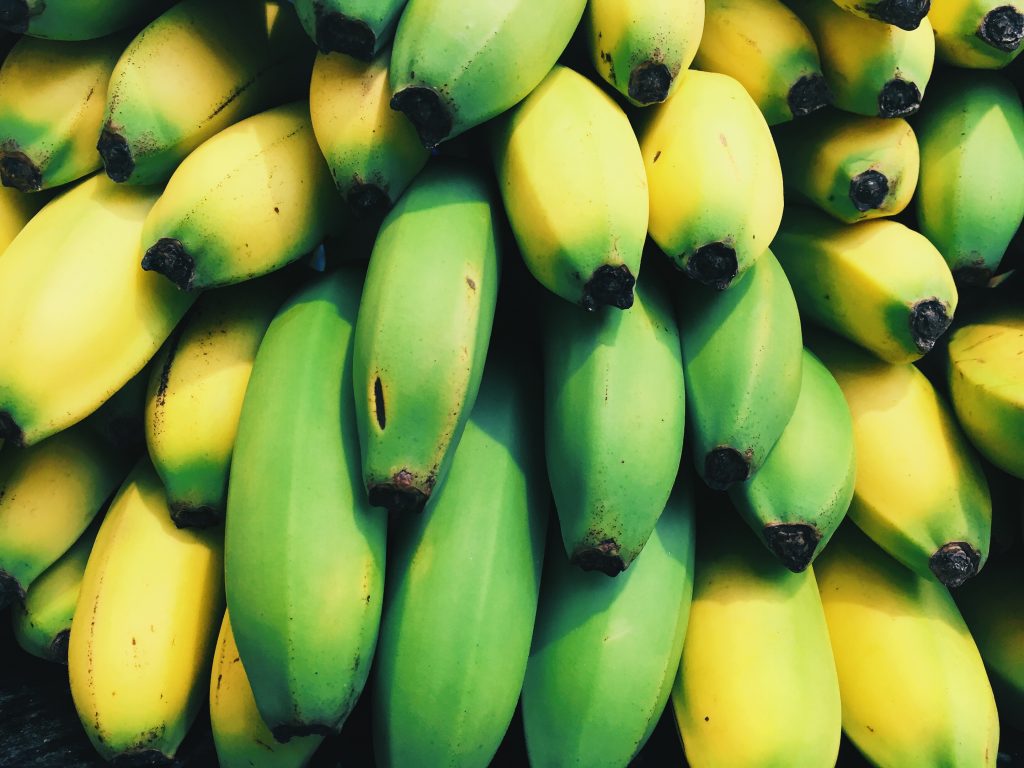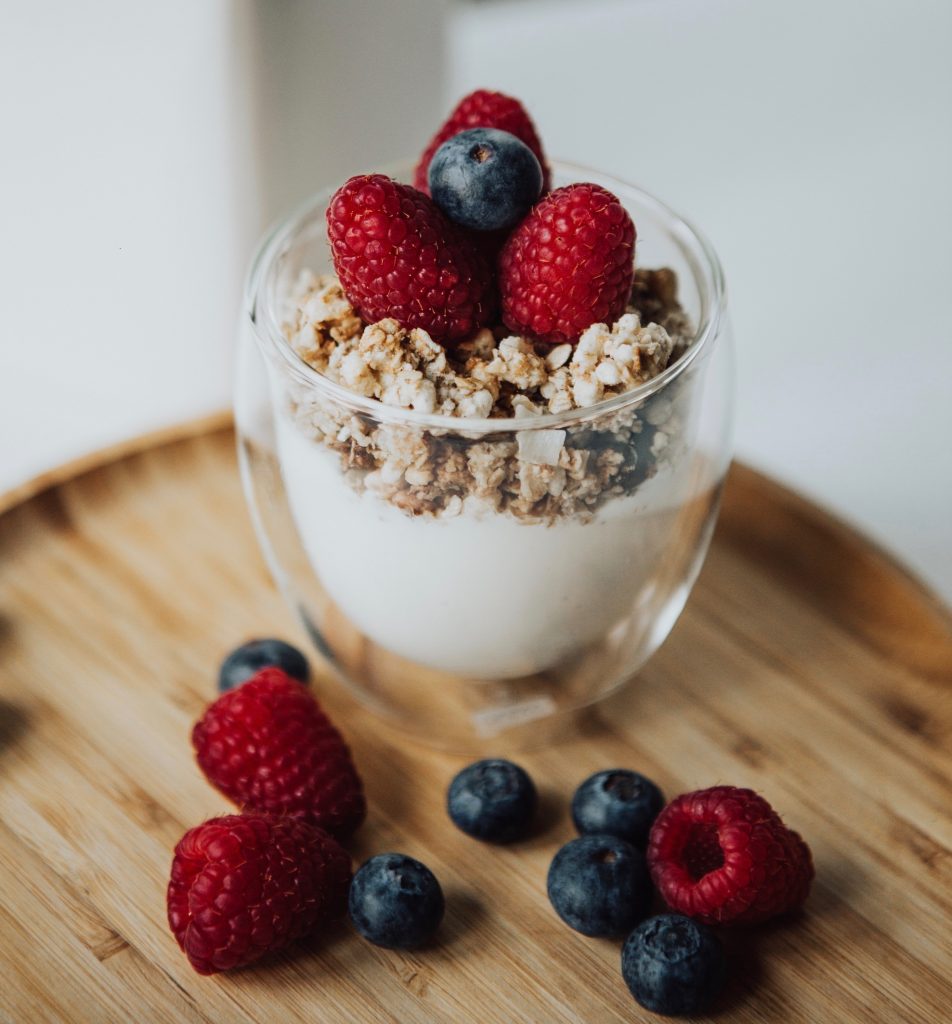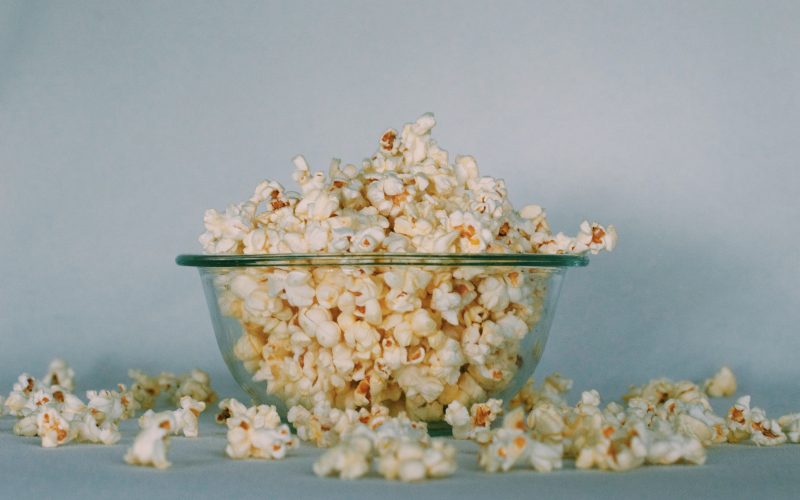Getting enough fibre in the diet is essential for health as research has shown that besides reducing constipation, it can help with weight management, may lower cholesterol levels and reduce the risk of diabetes, heart disease and bowel cancer. Dietary fibre is a type of complex carbohydrates found in plant-based foods that our digestive system and its enzymes can’t process.
The recommendation is that adults should consume 30g of fibre every day but on average most people in the UK are consuming much less than this at around 18g per day. The main reasons for low consumption seem to be low intakes of vegetables and fruit and increasingly high consumption of refined foods, which is contributing to a variety of health problems. Whereas in cultures and countries with a tradition of eating high-fibre foods diseases such as diabetes, bowel cancer and coronary heart disease are much less common.
Quick facts
Benefits of eating
- Supports digestion and elimination
- Helps prevent heart disease
- Makes us feel fuller for longer which can help with weight
management Helps - Prevents diseases of the digestive tract
Why do we need it?
While most forms of carbohydrate break down into simple sugars as part of our digestive process, fibre is a part of the structure of plants we humans can’t digest. It contains zero calories so passes through our gut (digestive system) helping to maintain optimal health on its way. Eating fibre helps us feel fuller for longer; research shows that dietary fibre can help regulate blood sugar levels as it slows the time taken to absorb digestible carbohydrate into the bloodstream. It also adds bulk to stools by absorbing water, which can help to keep bowel motions regular and easy to pass.
Here’s the science bit
- Fibre reaches the large intestine undigested where it is fermented by bacteria, the by-products of which are carbon dioxide, methane, hydrogen and short-chain fatty acids
- Fibre functions as a prebiotic feeding our gut microbiome supporting the growth of friendly bacteria needed to help maintain a healthy digestive system.
- Fibre reduces cholesterol absorption by binding to it in the gastrointestinal tract.

The windy bit
The by-products of this fermentation process are the gases mentioned above which can initially cause abdominal bloating and lots of flatulence. In most people the digestive system should adapt in a few weeks, and the gas production should decrease.
Types of fibres
Sometimes grouped into three types; soluble, insoluble and resistant starch but newer research states this is no longer a helpful description but as you might still see these terms it worth explaining.

Soluble fibre
We find soluble fibre in plant cells of foods like fruit, oats, beans and barley it dissolves in water forming a gel-like substance which supports the growth of friendly bacteria needed to help maintain a healthy gut.
Insoluble fibre
Insoluble
While not traditionally thought of as a fibre resistant starch is formed during the cooking process of many grains, pulses and potatoes, it is also present in unripe bananas.
What is helpful to understand is that plant-based foods contain combined fibre types in varying proportions, but resistant starch is not always measured when the fibre is assessed so we may underestimate how much fibre is present in food.

Tips:
It is essential to introduce or increase fibre into your diet gradually and ensure that you drink adequate amounts of fluid to avoid constipation or hard, painful to pass stools
Introducing too much fibre too quickly or overeating can cause constipation or diarrhoea in some people
Boosting fibre in your diet
It’s easy to get more fibre in the diet, choosing whole foods ensures you get carbohydrates that have fibre, here are some ideas:
- Eat some a plant-based protein a few times a week
- Eat whole pieces of fruit including the skin if it’s edible
- Eat berries, the ones with seeds are among the most
fibre-rich fruits; raspberries or blackberries rate the highest with strawberries and blueberries not far behind. - Eat popcorn, it’s a great whole grain snack food, keep it healthy by choosi s11 gugar-free air popped.
- Eat chia seeds, these mini nutritional powerhouses provide omega-3 fatty acids, protein, vitamins and minerals, as well as 11 g of fibre per 100 g.
- Eat avocados, the creamy, green flesh is not only rich in healthy
, monounsaturated fatty acids it’s also packed with fibre too.

- Make a smoothie instead of fruit or vegetable juice
- Choose wholegrain or wholemeal bread instead of white
- Use wholegrain pasta instead of plain pasta or go 50/50 if met with the family residence
- Use brown rice rather than the more refined white rice.
- Snack on raw vegetables with hummus or nut butter
- Eat a large salad once a day, and fill half your dinner plate with vegetable, beans or legumes.
- Add healthy sources of fats like avocados and nuts or seeds to salads and sandwiches.
- Change to a breakfast cereal high in fibre, porridge oats are a good choice add some dried fruit or nuts for an extra boost
- Bulk up stews and meat-based sauces by adding a can of lentils or chickpeas
- Top a jacket potato with baked beans for an easy quick comfort lunch or supper.
Read food labels to help you select those products that are higher in fibre.

This is what a fibre-rich diet could look like
Research has shown that dietary fibre is essential for our health, but it is important to introduce or increase it gradually and ensure that you drink adequate amounts of fluid to avoid constipation abdominal bloating or discomfort. Too much too quickly can also cause diarrhoea in some people.


Fibre Supplements
While it’s always better to get all our nutrition from food, it might be worth considering taking a supplement if your dietary fibre intake is low. There are lots of options available but try to avoid the artificially made forms of fibre.
Please note fibre supplements can interfere with the absorption of some medications, so please take advice from your GP or prescribing pharmacist before starting, or take the supplement at least an hour before food or 4 hours after.

The skin of fruits such as pears provide a rich source of fibre
Summary
Research has shown that dietary fibre is essential for our health, but it is important to increase it gradually and ensure that you drink adequate amounts of fluid to avoid constipation, abdominal bloating or excessive flatulence. Too much too quickly can also cause diarrhoea in some people.
As with any dietary changes, it is prudent to speak with your doctor or consult with a health professional before making any chances especially if take medication regularly or you are diabetic.







